 |
| The sphinx where it was found |
That sandstone sphinx was found while by accident while the archaeological mission was trying to reduce the groundwater at Ptolemaic-era-Kom Ombo Temple in Aswan governorate.
Earlier two months ago, the mission found two sandstone reliefs of King Ptolemy V.
I would like to hint out that Kom Ombo temple was built during the Ptolemaic era.
you can go back in time and check my post about my quick visit to Kom Ombo temple in 2012 here.
Some speculate that this newly-found sphinx is actually for King Ptolemy V “who was said to be a tyranny as Egypt has been always a magnet for tyrannical rulers”
This speculation is supported by the fact that the facial features of that Sphinx do not look like your typical ancient Egyptian
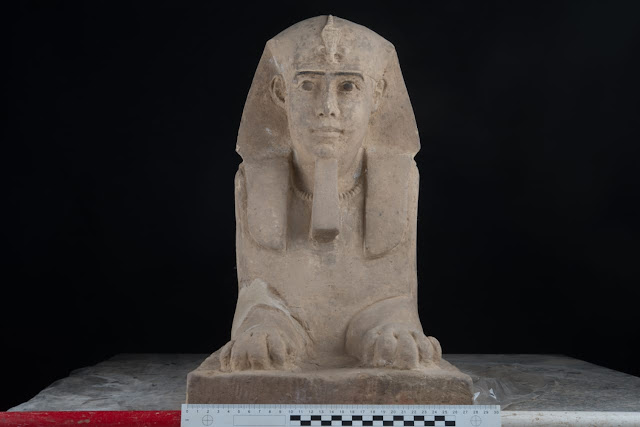 |
| The eyes and the eyebrows of that Sphinx |
This is the second interesting discovery from the Ptolemaic era in Ancient Egypt unearthed this summer following the big black Sarcophagus of Alexandria.
Back to the Sphinx, as far as I know the ancient Egyptians used to make two sphinxes instead of one. They come in pairs according to many Egyptologists as far as I have read.
One of the mysteries surrounding the Giza Sphinx is that many believe there should be another sphinx hiding under the sand. “I do not believe in that because it should have been found by now especially all that area around the pyramids plateau has been excavating day and night”
So I wonder if we are going to find its identical sphinx twin soon and we will be able to know the story behind it.
The archeologists are busy now searching for more clues in the Kom Ombo temple area. Here is a couple of photos of that temple.
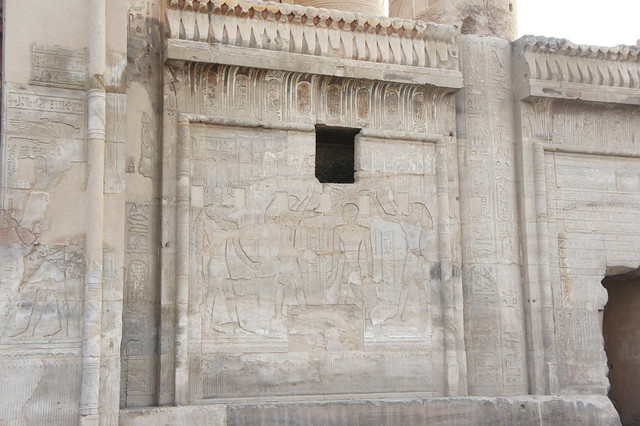 |
| A scene from the Temple of Kom Ombo in Aswan, you can see color is still there |
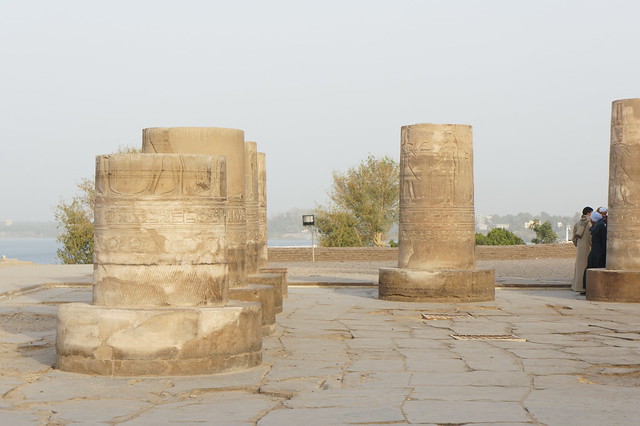 |
| Remains of columns at Egypt's Kom Ombo temple |
Egypt has got tons of small sphinxes and big sphinxes statues.
Here are few examples from the Egyptian Museum of Cairo which got two of them “duality” at its entrance.
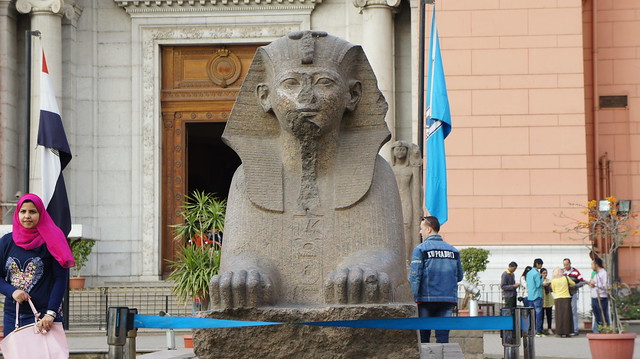 |
| One of the two sphinxes outside the Egyptian Museum of Cairo |
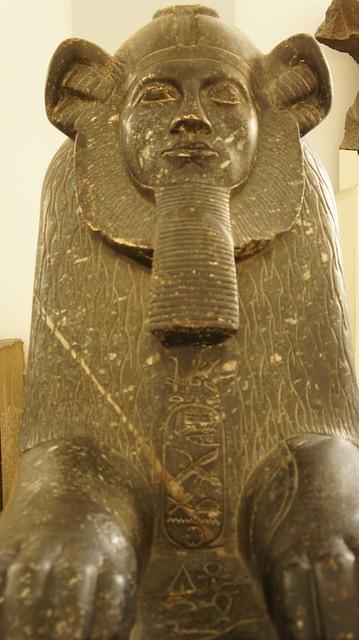 |
| A-modern-kingdom sphinx inside Egyptian Museum of Cairo |

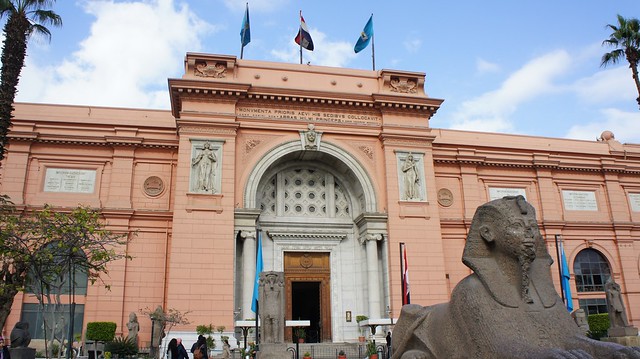

No comments:
Post a Comment
Thank You for your comment
Please keep it civilized here, racist and hateful comments are not accepted
The Comments in this blog with exclusion of the blog's owner does not represent the views of the blog's owner.